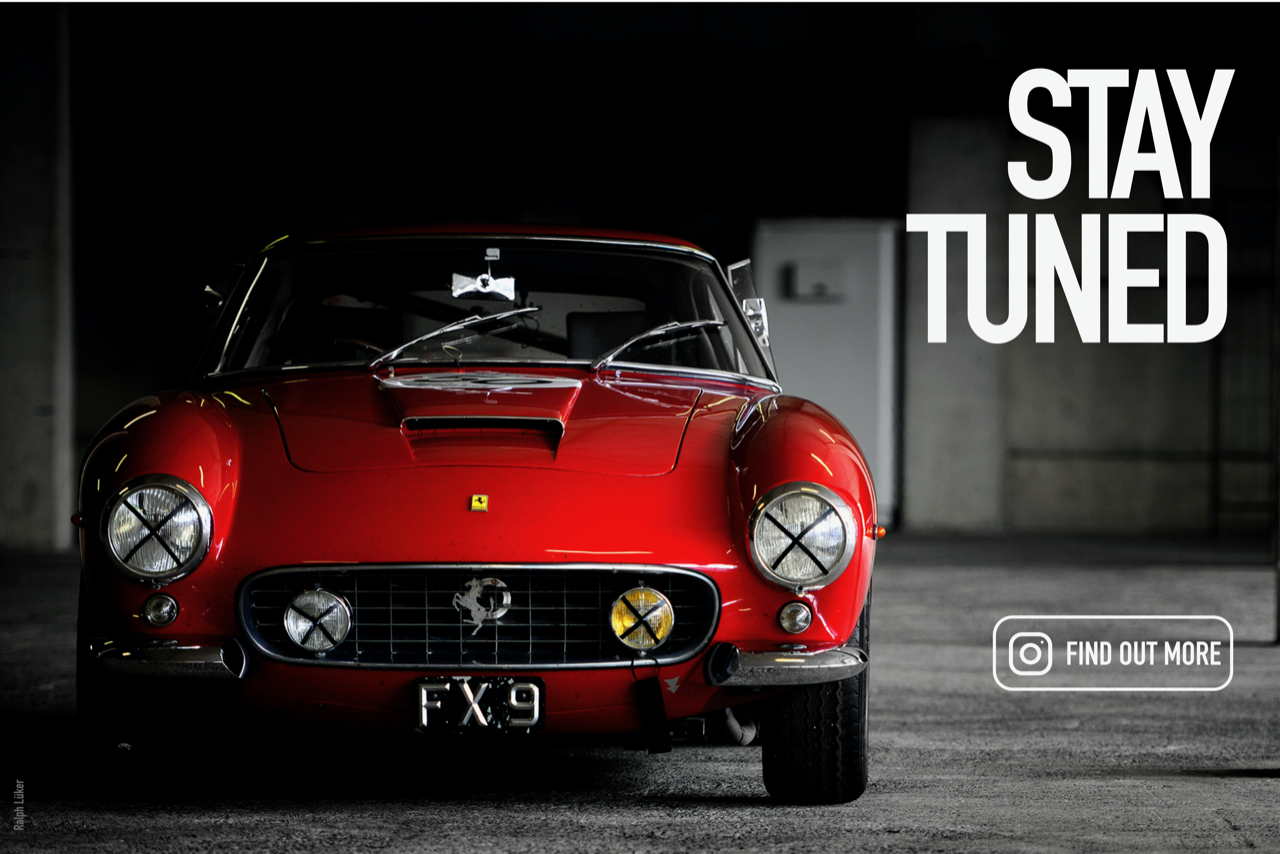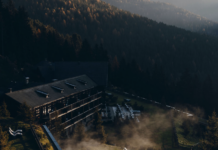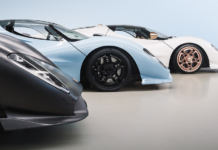We just saw a Pontiac in this series a few weeks back, but we’ve been lacking in full-size GM cars of the 1960s here and that made me decide to push this once-rakish big Pontiac ragtop to the front of the line. Currently residing in the U-Pull-&-Pay in Aurora, Colorado, this car was one of America’s best deals for a massive, powerful convertible during its era.
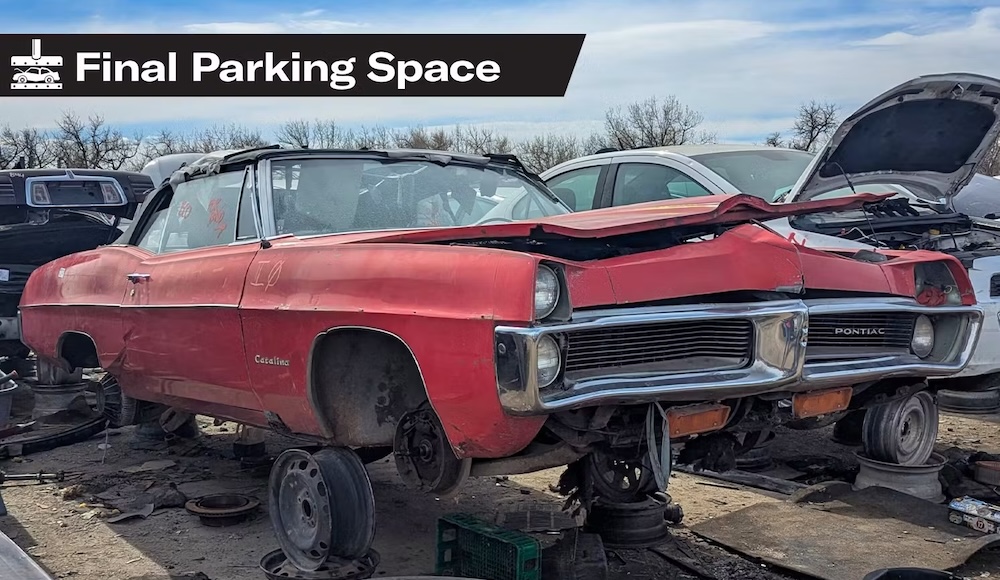
I had a couple of my regular readers tip me off about this car soon after it hit UPAP’s inventory, and I was excited about documenting the super-rare 8-lug wheels that I saw in the yard’s online photo.
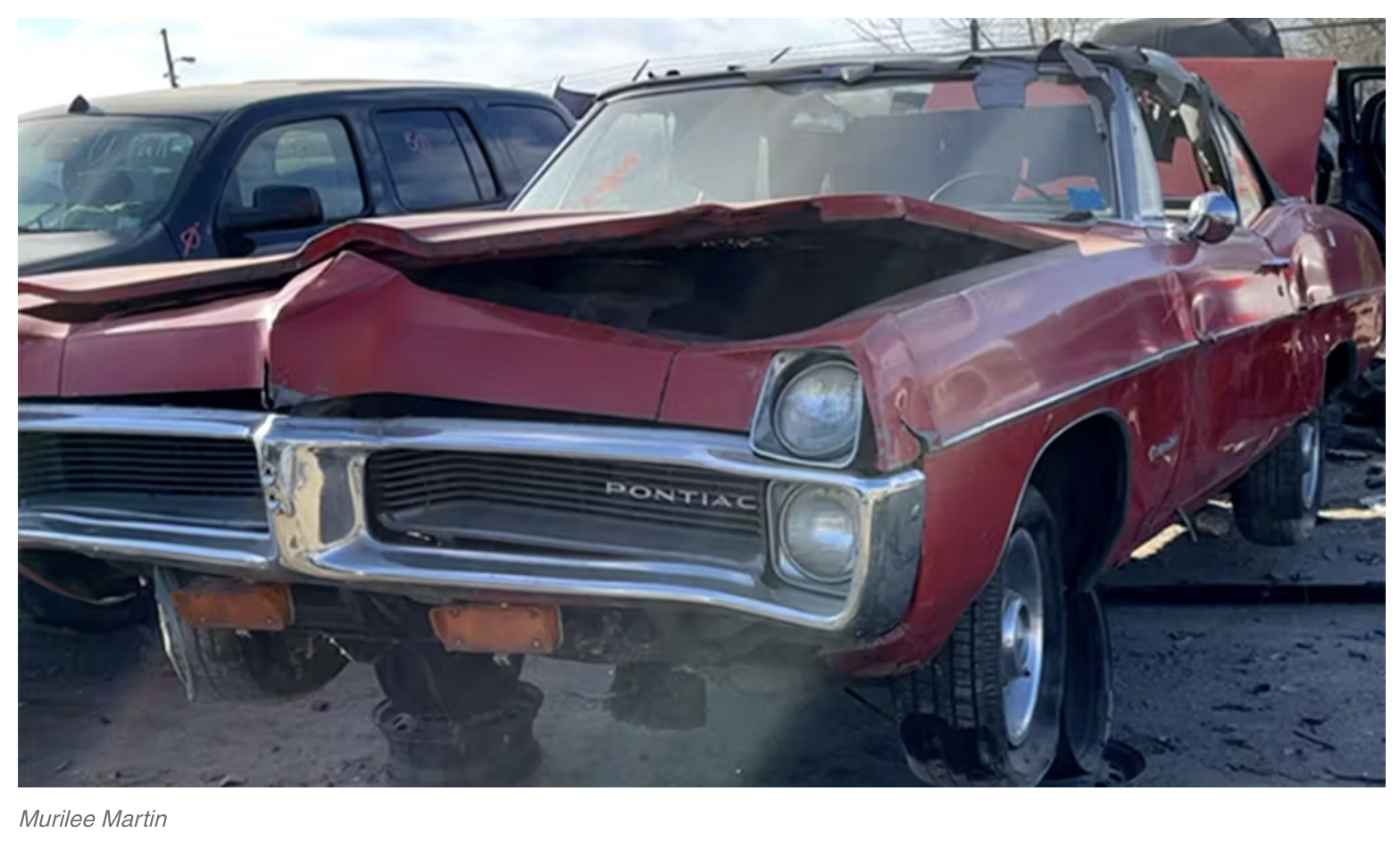
I got there the day after it arrived, but the wheels and brake drums were gone by then. There was a veteran Colorado parts seller stripping just about everything of real-world value off the car, but he was good about letting me get my photos as he worked.
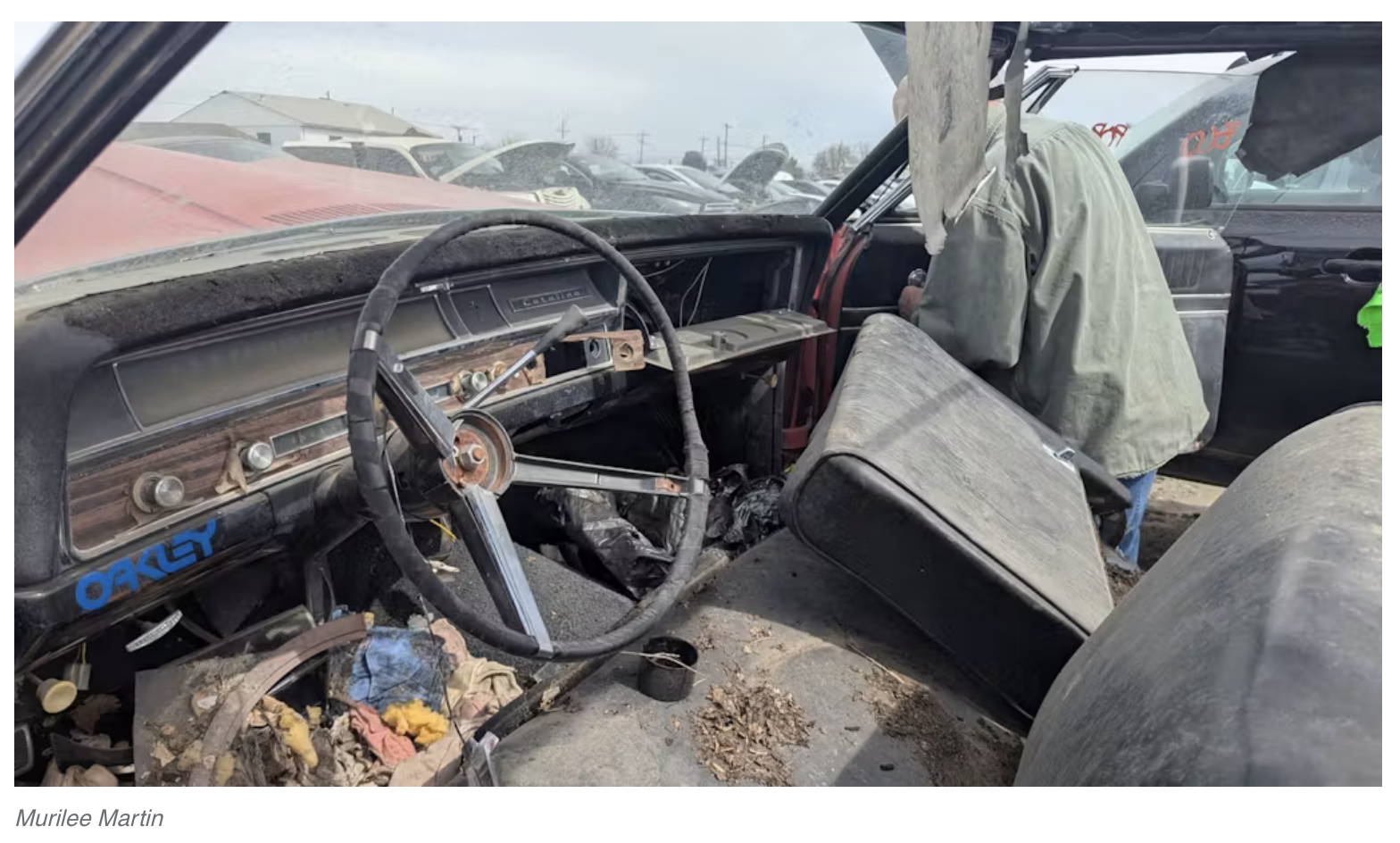
The Catalina name started out as a trim-level designation for the 1950-1958 Pontiacs, then became a model in its own right starting in 1959. For the 1965-1970 generation of full-size Pontiacs, the Catalina was the entry-level big car, with the Executive, Bonneville, and Grand Prix higher up the prestige ladder.
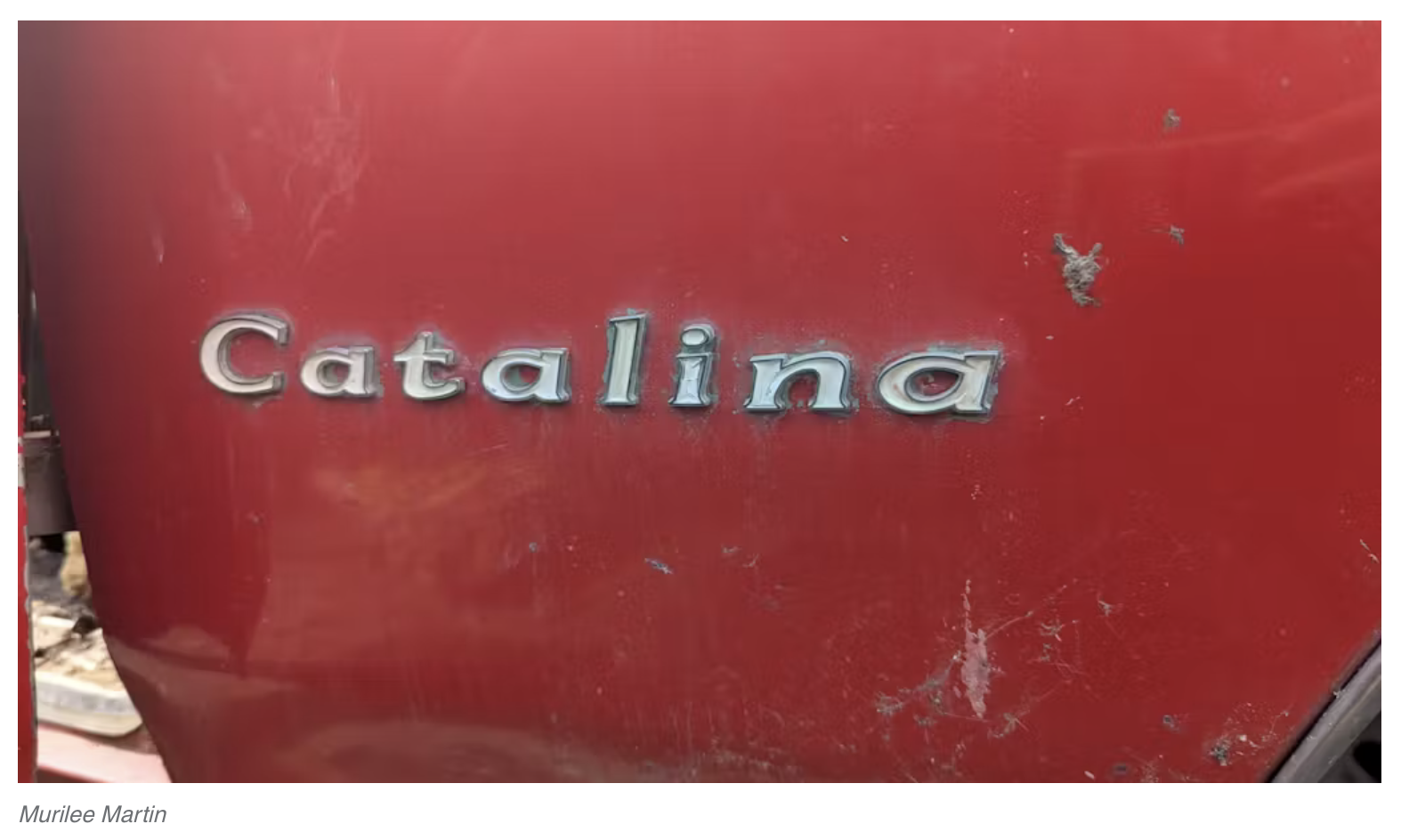
The 1967 Catalina convertible had an MSRP of $3276, or about $31,772 in 2025 dollars. That wasn’t much more than the $3254 price tag of its Chevrolet Impala Super Sport convertible sibling, provided that the Impala SS had the optional V-8 engine instead of the base six-banger.
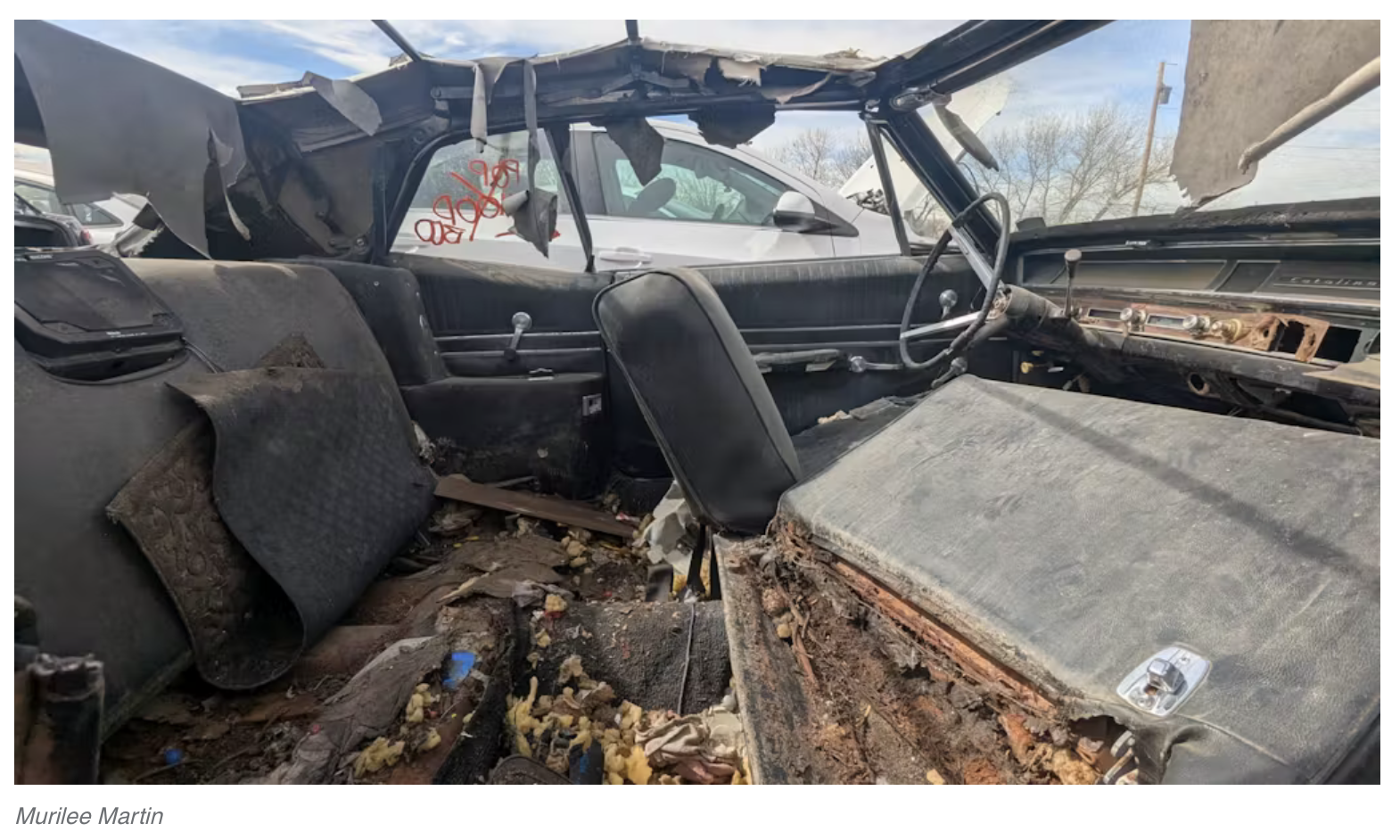
However, if you got the Impala SS convertible at that price, its V-8 was a 283-cubic-incher with just 195 horsepower. Meanwhile, the least powerful engine in the 1967 Catalina with the base three-on-the-tree manual transmission was a burly 400-cubic-inch mill rated at 265 horses.
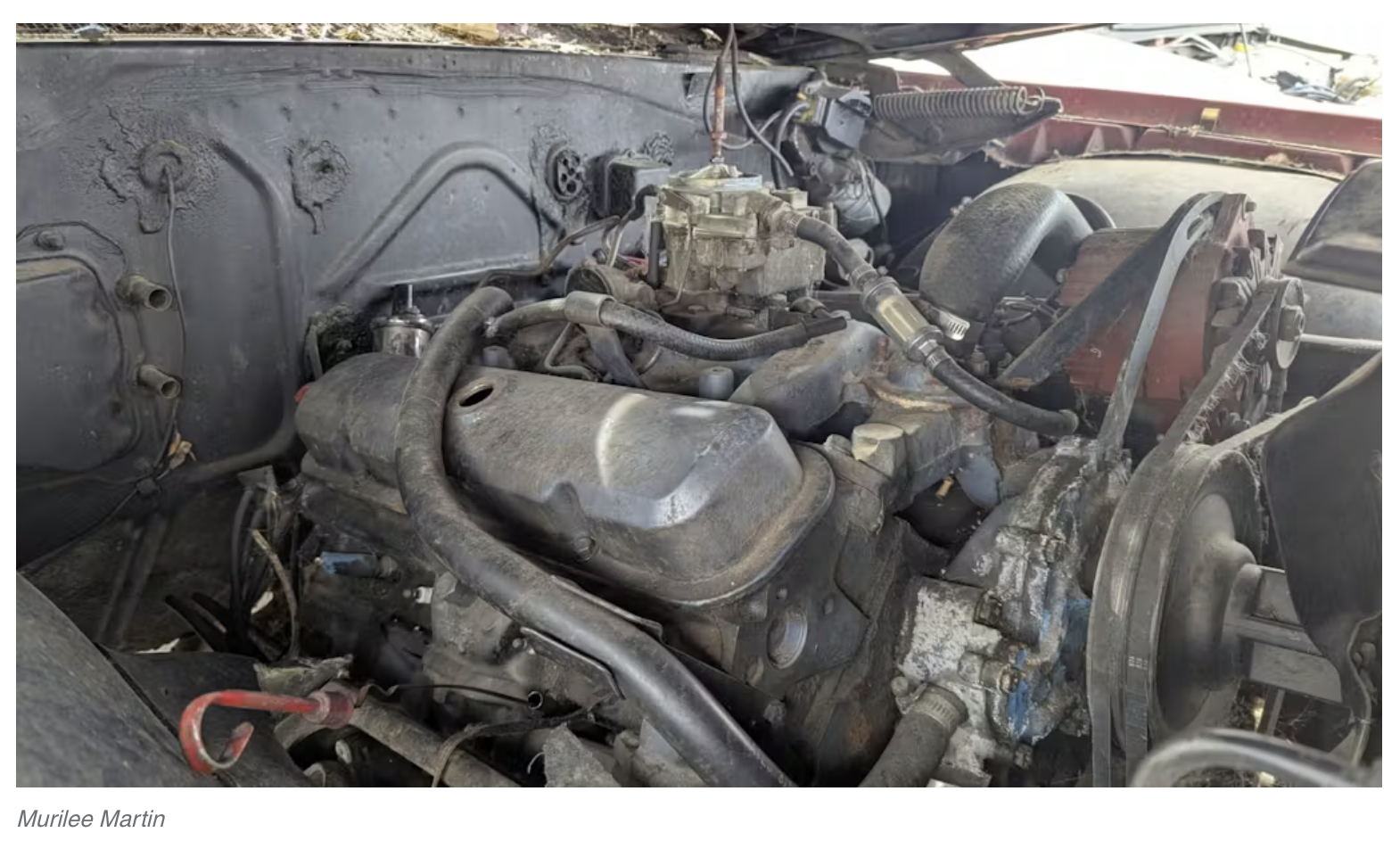
However, this car has the optional Turbo Hydra-Matic three-speed automatic transmission, so it was built with the 290hp version of the two-barrel 400. The Catalina must have cannibalized quite a few sales from its Chevrolet-badged brethren.
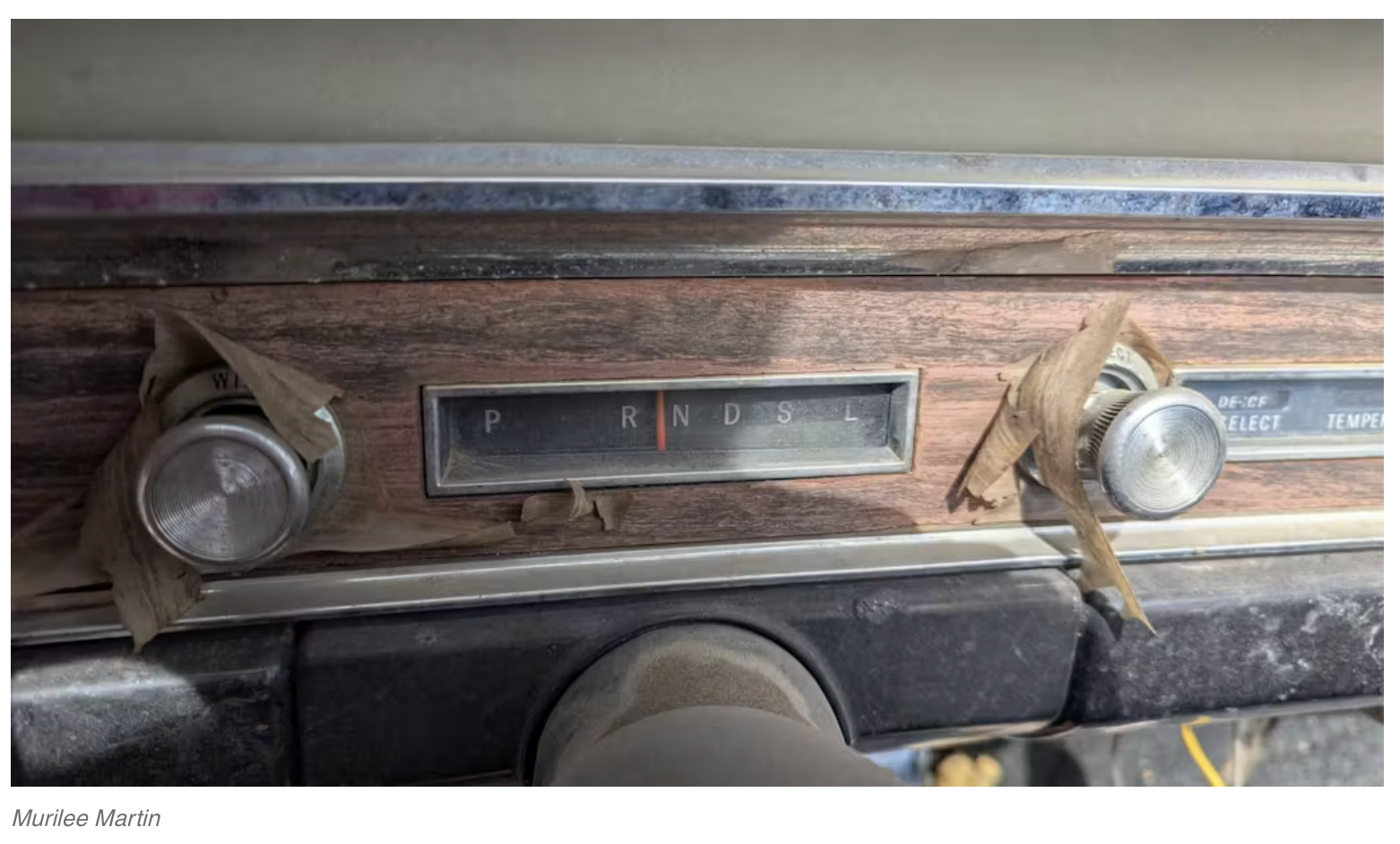
This car arrived in fairly rough condition by the standards of not-so-rusty Front Range Colorado.
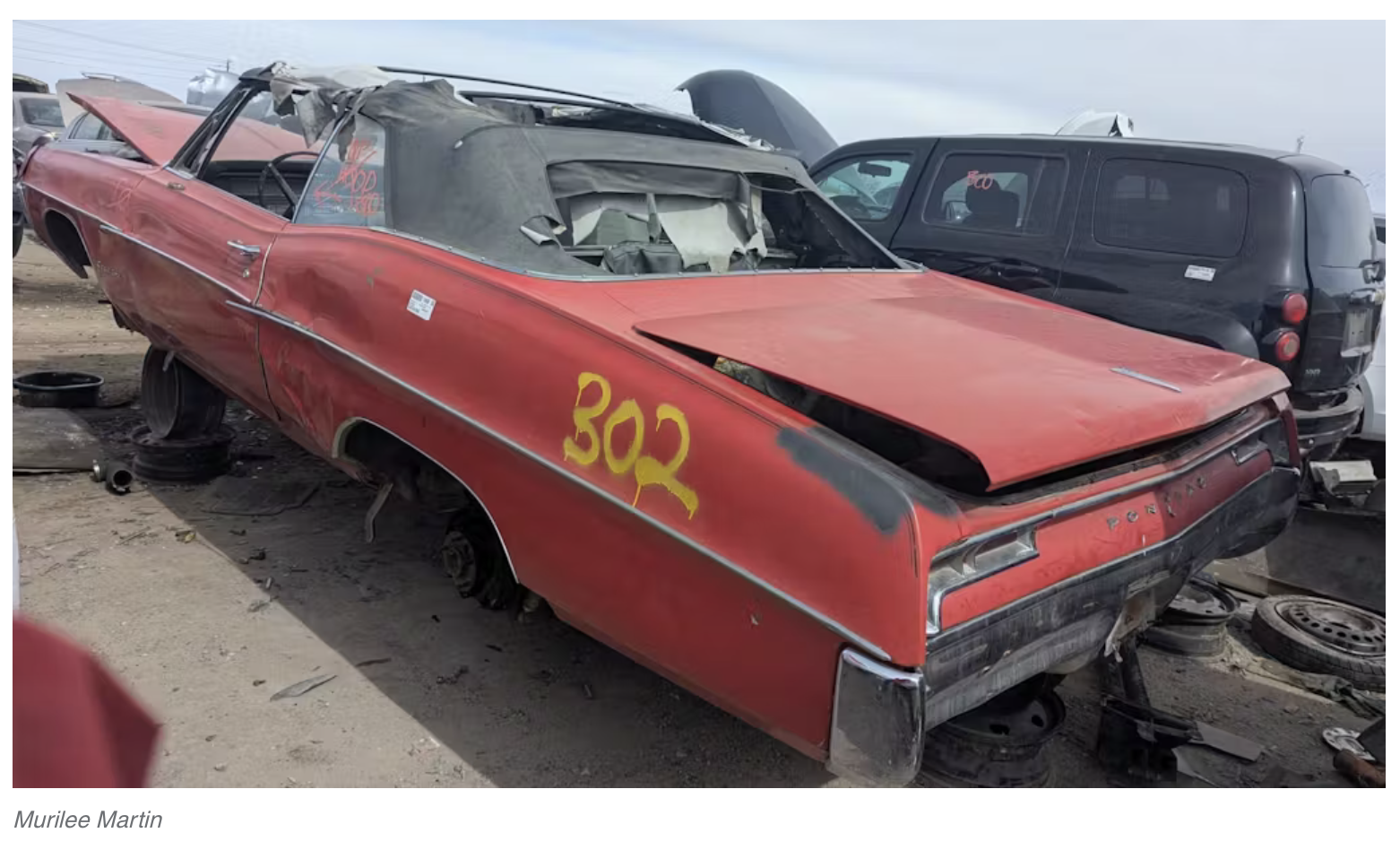
This rust wouldn’t be considered particularly serious on a 58-year-old Detroit convertible in Maine, Minnesota, or Michigan, but there’s plenty of adobe-thick body filler (covering who-knows-what damage) that isn’t obvious in the photos.
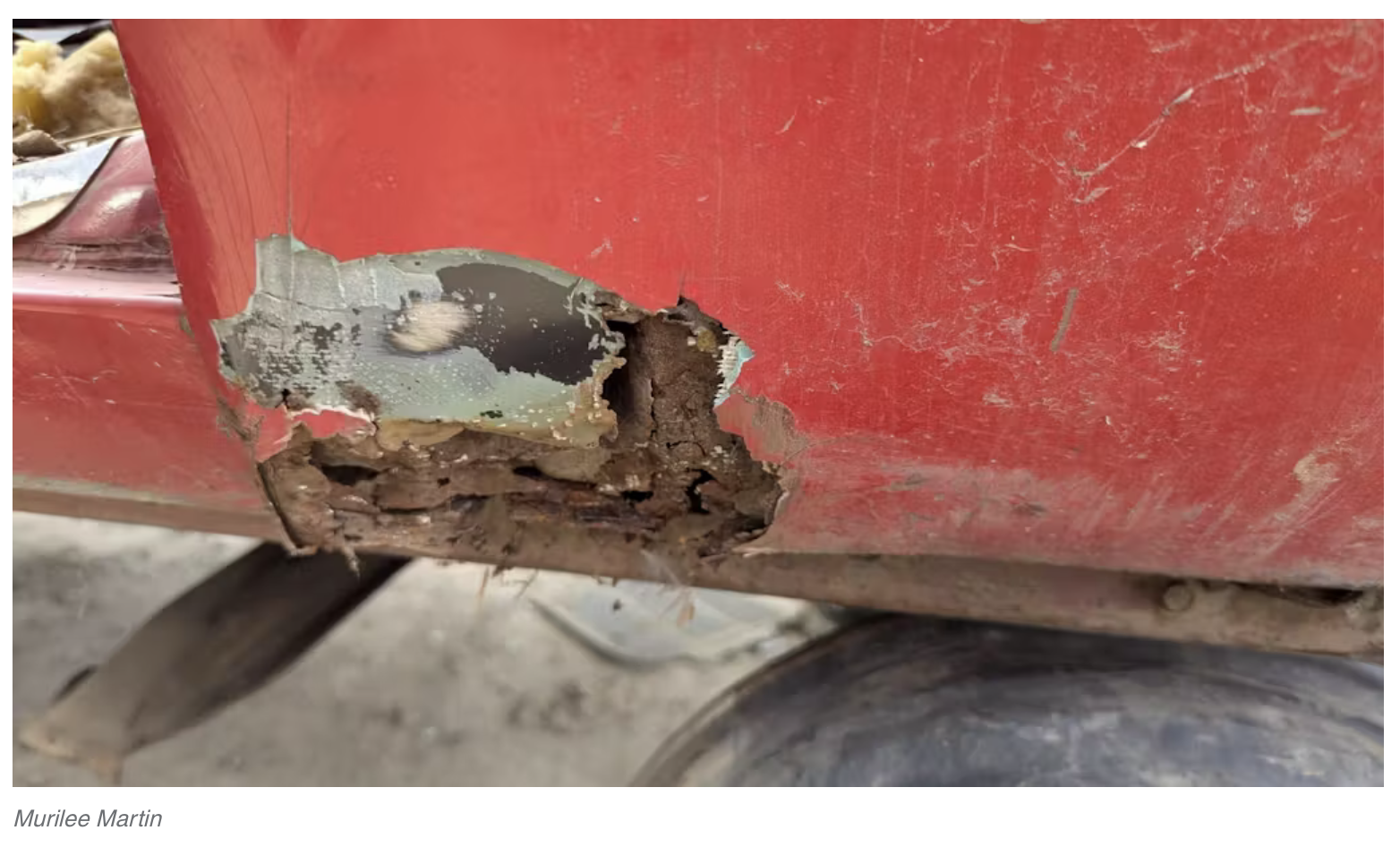
I found some cassettes from the late 1980s and early 1990s among the ruins of the interior, so I think this car got parked about 30 years ago and never moved under its own power again.
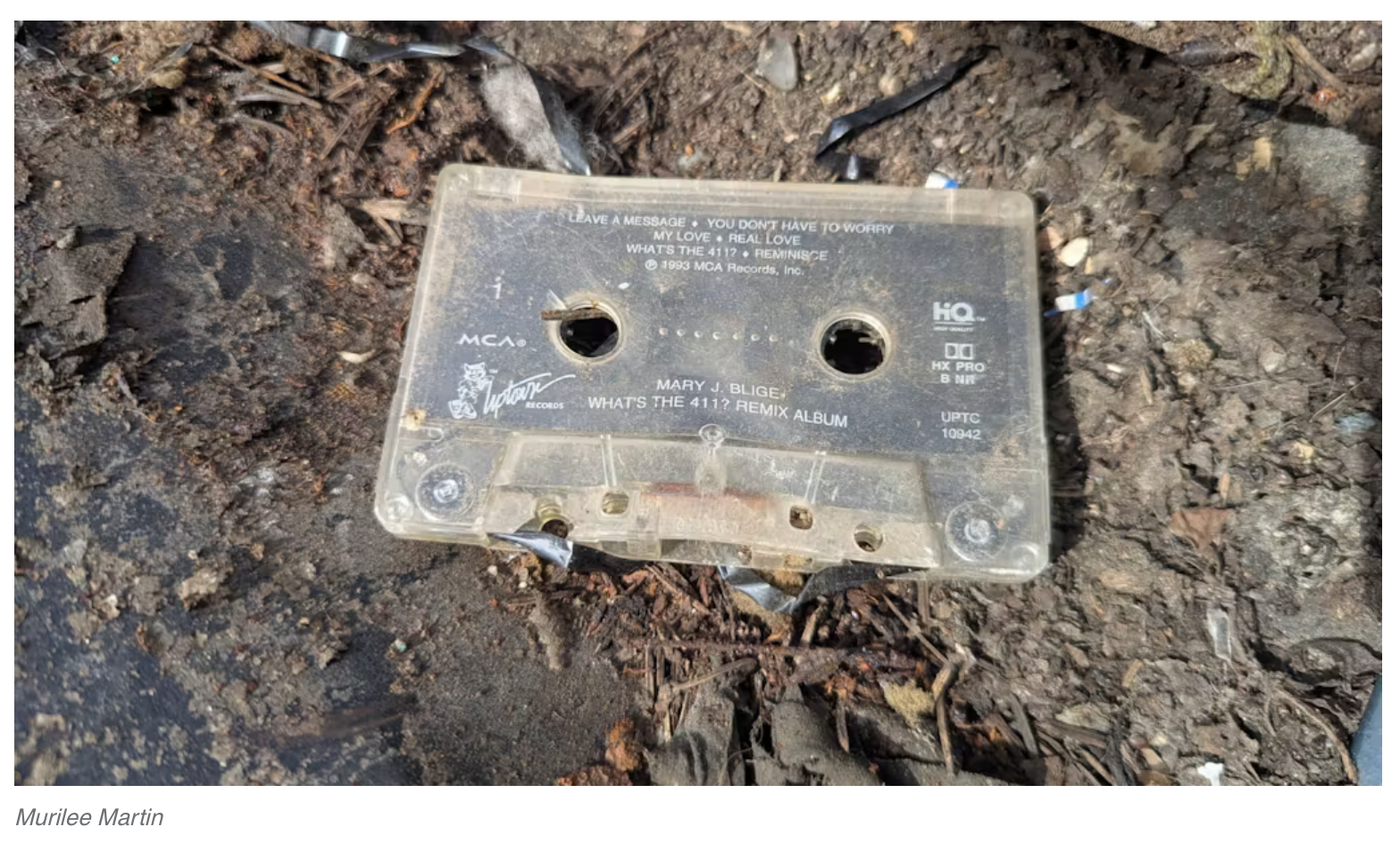
If this car had been a Bonneville or Grand Prix with one of the hairier 400s or a 428, it might not have met this fate.
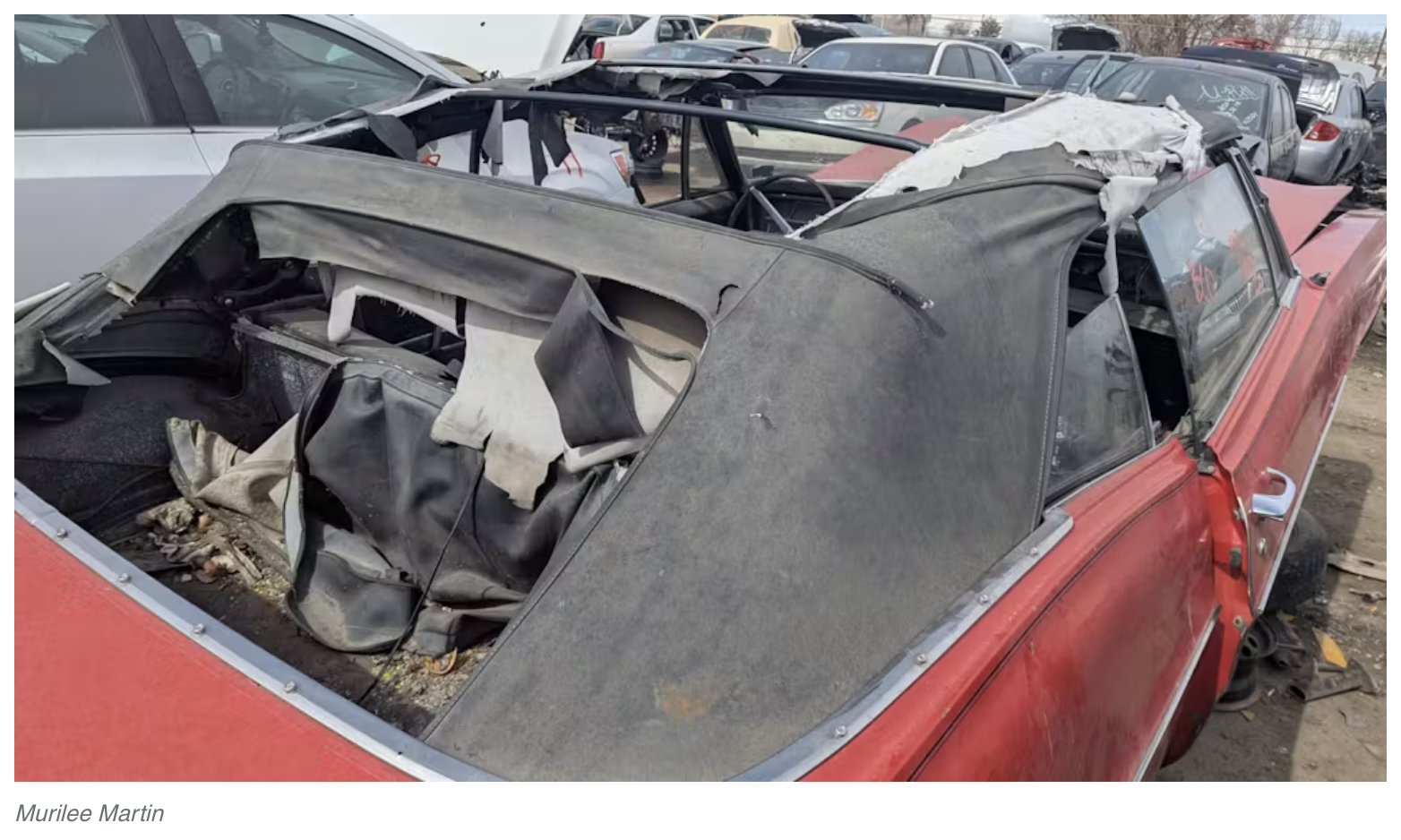
The Catalina name managed to hang on all the way through the 1981 model year, after which American Pontiac buyers had to choose either a Parisienne (through 1986) or a Bonneville if they wanted a full-size car.
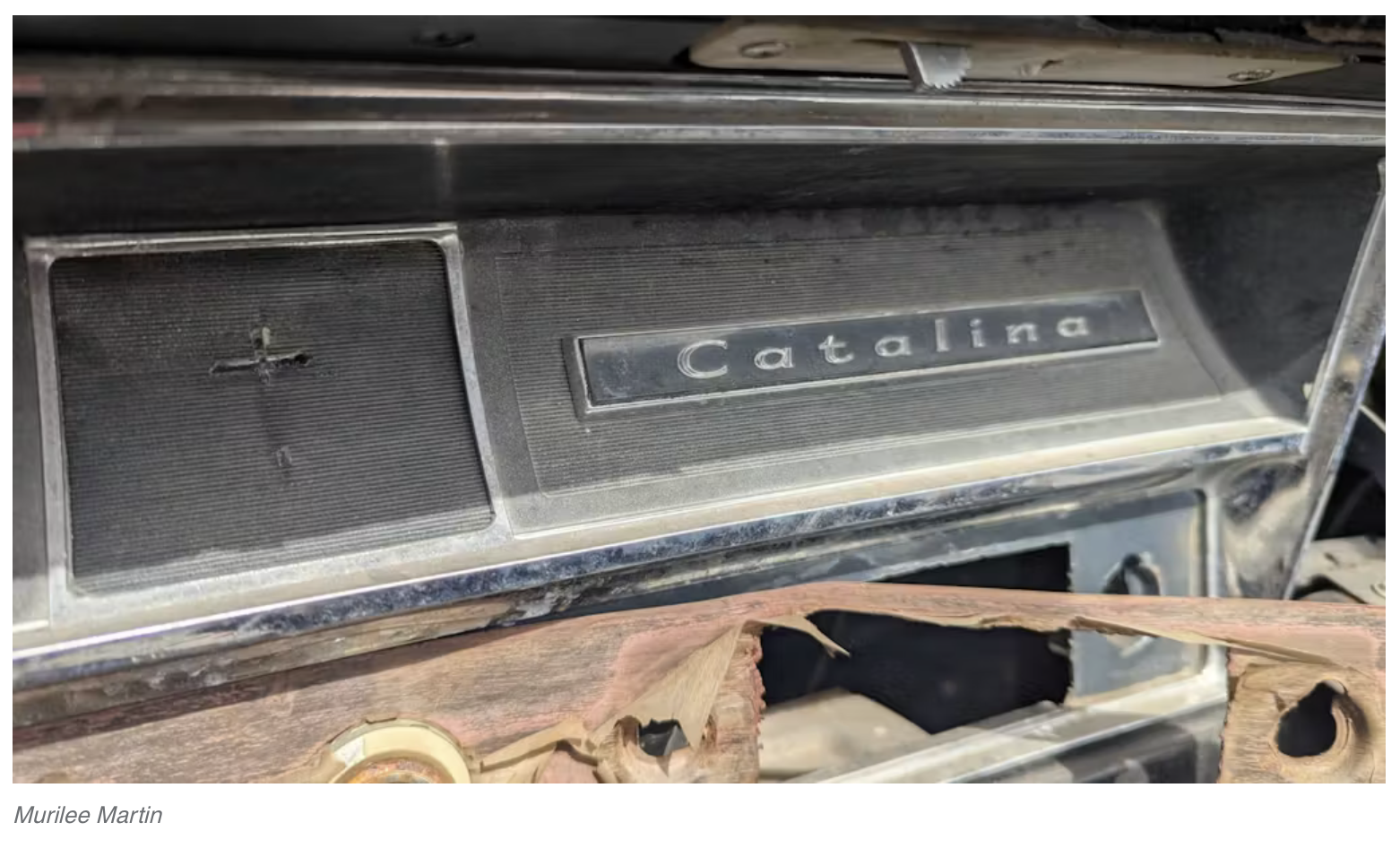
Forget the “low-priced three” and get yourself a pricesaver lifesaver!
Report by Murilee Martin for hagerty.com


